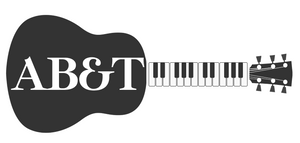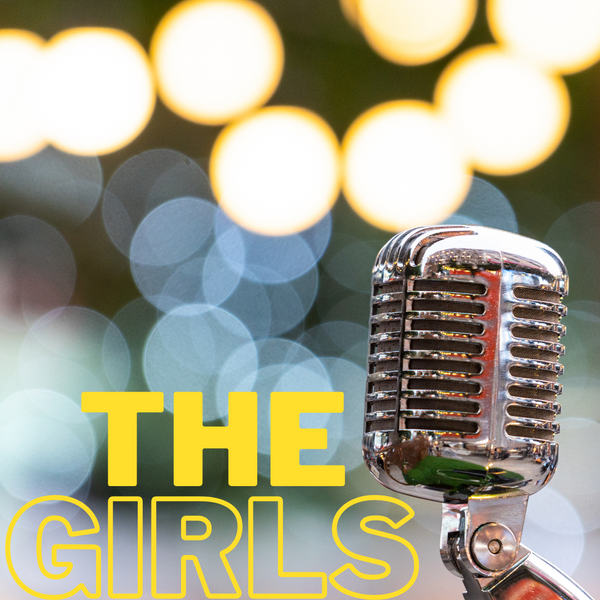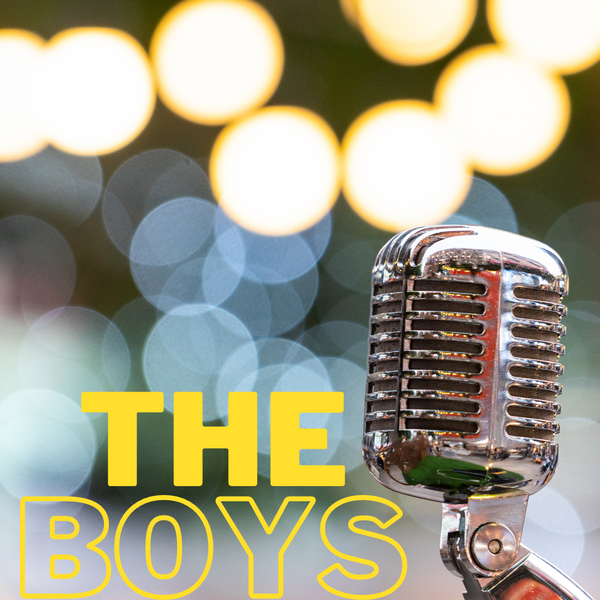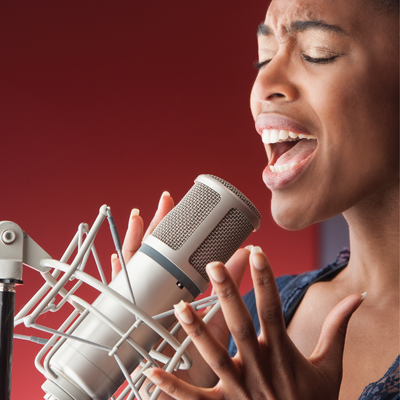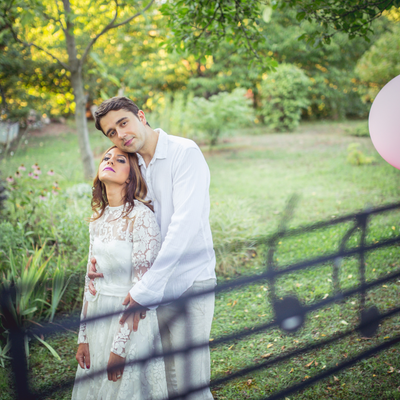Why Backing Tracks Are a Hidden Win for Recording Artists
When people think about backing tracks, the focus is usually on singers and musicians using them to bring songs to life on stage or in videos. But what many don’t realise is that backing tracks can actually be hugely beneficial to the original recording artists too — both creatively and financially. Here’s why:
Royalties from downloads

Reputable backing track companies (like ours at Acoustic Backs And Tracks) pay for download licenses to legally recreate and distribute these tracks. Performing Rights Organisations (PROs) like PRS then distribute royalties back to the original artists, based on how many downloads backing track creators receive over the course of a year. So every time someone buys or downloads a backing track, the songwriter and artist get their share.
Income from live performances
When singers and musicians use backing tracks to perform songs live — whether it’s at a wedding, festival or corporate event — royalties are also generated. These are covered by licenses paid by event organisers and venues, which again get routed back to the songwriters and artists through their PRO. Even if the original artist isn’t on stage, their music is still working for them in the background.
New fans and exposure

Imagine a bride walking down the aisle to an intimate acoustic version of a pop hit, or a performer uploading a cover to Instagram or TikTok using a stripped-back backing track. Each time this happens, the original song reaches new audiences. People might discover or fall back in love with the original version — helping artists grow their fan base organically.
Streaming royalties from covers
When singers record covers using backing tracks and upload them to streaming platforms like Spotify or Apple Music, the original artist benefits again. Streaming royalties are paid to songwriters and rights holders whenever a cover version is played. Backing tracks help keep songs alive in playlists, covers and live lounge versions, sometimes years after the song’s release.
Streaming royalties from YouTube

When singers and musicians use licensed backing tracks to create cover videos on YouTube, it doesn’t just help performers — it benefits the original artist too. Thanks to YouTube’s content ID and licensing mechanisms, royalties are generated whenever these videos are watched.
Related Products
In this way, licensed backing tracks don’t just support performers looking to post content; they actively help the original creators by keeping songs alive, driving engagement and creating a steady stream of passive income from user-generated content.
Creative reinvention

Acoustic or reimagined backing track versions can completely transform a song’s vibe — turning an upbeat dance track into a soulful piano ballad or a rock anthem into an intimate acoustic performance. Sometimes these new versions even gain so much momentum that the original artist chooses to add them to their own setlist, releasing live or acoustic versions themselves.
And beyond…
-
Backing tracks make songs more accessible for performers worldwide, especially those without a full band.
-
They keep catalogues relevant by encouraging musicians to include older tracks in modern sets.
-
They open up sync opportunities, where unique versions of songs can be licensed for use in films, ads and TV.
In short: backing tracks do far more than support performers — they’re a smart, sustainable way for recording artists to generate royalties, reach new listeners and keep their songs living and evolving in fresh, exciting ways.
If you’re an artist, label or manager, it might just be worth exploring how backing tracks could quietly become a valuable part of your song’s journey.
